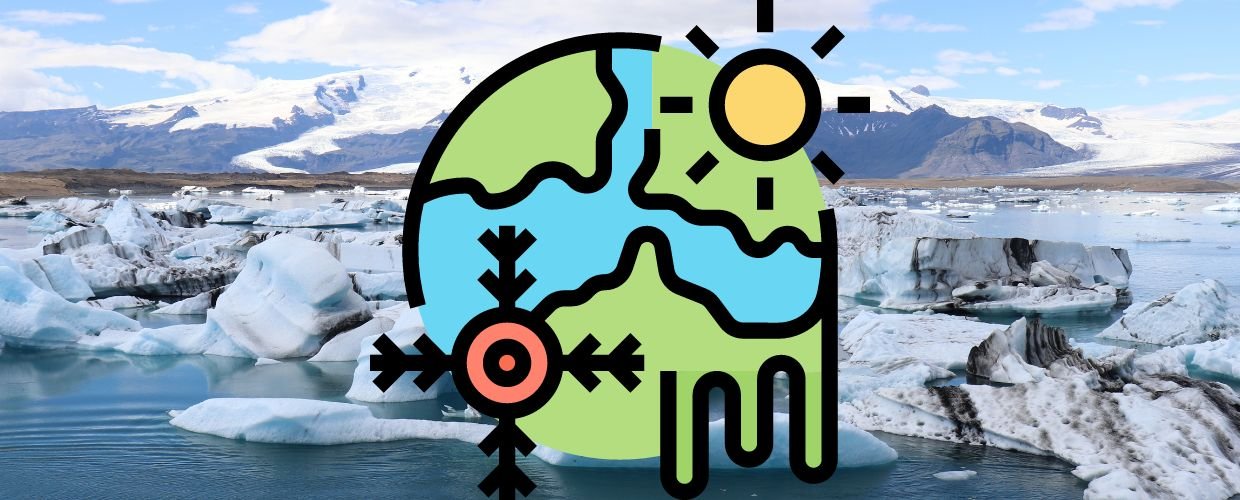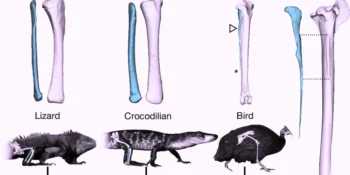Oceanic climate change, a significant and growing concern, is profoundly reshaping the world’s oceans. In this comprehensive exploration, we will delve into the far-reaching implications of oceanic climate change, revealing how rising temperatures, acidification, sea-level rise, and other impacts are transforming the marine environment. We will also examine the consequences for marine life, ecosystems, and coastal communities and explore the urgent need for global action to address this critical issue.
The Significance of Oceanic Climate Change
Oceanic climate change is not a remote or isolated phenomenon; it is a critical aspect of the broader climate crisis that affects every corner of the globe. Understanding its significance is paramount for comprehending the interconnectedness of Earth’s systems and the urgency of addressing this complex challenge.
The Ocean as a Climate Regulator
The world’s oceans are integral to regulating the Earth’s climate. They act as a vast carbon sink, absorbing heat and carbon dioxide from the atmosphere, which helps mitigate the impacts of global warming. Oceanic climate change disrupts this delicate balance, leading to warmer waters and increased acidity.
Global Implications
Oceanic climate change has far-reaching consequences. Rising sea temperatures contribute to extreme weather events, sea-level rise threatens coastal communities, and ocean acidification harms marine ecosystems. These impacts extend beyond the ocean, affecting economies, food safety, and the livelihoods of millions of people worldwide.
Causes and Mechanisms
Understanding the causes and mechanisms of oceanic climate change is crucial for devising effective strategies to mitigate and adapt to its effects. Several key factors are driving these changes in the marine environment.
Greenhouse Gas Emissions
The primary driver of oceanic climate change is the excessive emission of greenhouse gases, primarily carbon dioxide (CO2), into the atmosphere. The oceans absorb a significant portion of this CO2, leading to ocean warming and acidification.
Ocean Circulation Patterns
Ocean circulation patterns, including the Atlantic Meridional Overturning Circulation (AMOC), are critical in redistributing heat and regulating climate. Changes in these patterns can disrupt the movement of warm and cold water, impacting regional climates and marine ecosystems.
Melting Polar Ice and Glaciers
The melting of polar ice caps and glaciers contributes to rising sea levels, which can inundate coastal areas. This phenomenon also introduces freshwater into the oceans, affecting salinity levels and circulation. As global temperatures rise, polar ice melts at an accelerating rate, leading to significant sea-level rise. Coastal communities, particularly those in low-lying regions, are at heightened risk of flooding, erosion, and the loss of valuable coastal ecosystems.
Impacts on Marine Life and Ecosystems
Oceanic climate change is transforming marine ecosystems and threatening the rich biodiversity that relies on them. These impacts ripple through the food chain, affecting everything from microscopic plankton to apex predators.
Coral Reefs
Coral reefs, known as the “rainforests of the sea,” are particularly vulnerable to oceanic climate change. Rising sea temperatures cause coral bleaching, while ocean acidification inhibits coral growth. These factors jeopardize the future of these vital ecosystems. Coral reefs provide habitat and sustenance for countless marine species, including commercially important fish, and their degradation has dire consequences for coastal communities dependent on coral fisheries and tourism.
Fisheries and Aquatic Life
Fisheries, a cornerstone of global food security, face disruption due to shifting ocean temperatures and altered migration patterns of marine species. Vulnerable communities that depend on fisheries for sustenance and income are at risk of food insecurity and economic hardship. Oceanic climate change affects commercially targeted fish and the prey species and habitats that support them. This complex web of ecological interactions has profound implications for global seafood supplies.
Marine Biodiversity
Oceanic climate change affects marine biodiversity by altering species distribution and triggering mass migrations. Some species may thrive in changing conditions, while others face extinction, disrupting ecosystems and fisheries. The loss of biodiversity erodes the resilience of marine ecosystems and affects the services they provide, such as nutrient cycling, carbon sequestration, and coastal protection.
Coastal Communities and Economies
Coastal communities are on the front lines of oceanic climate change, experiencing the direct impacts of sea-level rise, extreme weather events, and coastal erosion.
Sea-Level Rise
Rising sea levels increase the risk of coastal flooding and erosion, threatening homes, infrastructure, and economies. Low-lying coastal areas are particularly vulnerable, with densely populated regions facing the greatest risks. Coastal cities and communities must invest in resilient infrastructure, coastal defenses, and urban planning to adapt to these changing conditions and protect their inhabitants.
Economic Consequences
Coastal industries, including tourism, shipping, and fishing, are at risk due to oceanic climate change. Damage to coastal infrastructure can result in significant economic losses. The economic consequences extend far beyond coastal regions, affecting global supply chains, trade routes, and the stability of economies worldwide.
Displacement and Migration
Rising sea levels and increased vulnerability to extreme weather events may force communities to relocate, leading to social disruption and potential conflicts over resources. This displacement poses challenges for affected communities and has broader geopolitical implications as nations grapple with the need to accommodate climate refugees.
Mitigation and Adaptation Strategies
Mitigating and adapting to oceanic climate change requires a multifaceted approach combining global cooperation, policy initiatives, and individual actions.
Reducing Greenhouse Gas Emissions
Reducing emissions of greenhouse gases, especially CO2, is paramount. Transitioning to renewable energy sources, improving energy efficiency, and adopting sustainable land use practices can make a significant difference. Additionally, efforts to protect and restore forests, which act as carbon sinks, can further mitigate the impacts of climate change.
Marine Protected Areas
Establishing and expanding marine protected areas (MPAs) can help protect vulnerable marine ecosystems and allow them to adapt to changing conditions. MPAs provide refuges where marine life can thrive without overfishing and habitat degradation pressures. They serve as natural laboratories for scientists to study the impacts of climate change and evaluate conservation strategies.
Sustainable Coastal Planning
Sustainable coastal planning and infrastructure development, including resilient designs, can mitigate the impacts of rising sea levels and coastal erosion. It includes the construction of seawalls, dykes, and natural defenses such as mangroves and salt marshes. Coastal communities must invest in sustainable land use planning considering future climate scenarios to reduce vulnerability to extreme weather events and sea-level rise.
Public Awareness and Education
Raising public awareness and educating communities about the importance of oceanic climate change is essential for fostering collective action and supporting policy initiatives. Public engagement is crucial for building support for policies that reduce emissions, protect marine ecosystems, and prepare communities for the inevitable changes brought by oceanic climate change. Citizen-led initiatives, educational programs, and outreach efforts can all contribute to informed decision-making and increased climate resilience.
Conclusion
Oceanic climate change is a global crisis with profound implications for the planet’s oceans, marine life, coastal communities, and economies. Understanding oceanic climate change’s significance, causes, and impacts is the first step toward effective mitigation and adaptation. To safeguard the health and resilience of Earth’s seas and the well-being of future generations, we must take immediate and concerted action to address this critical challenge. Global cooperation, informed policy decisions, and individual contributions are essential for preserving the invaluable ecosystems and resources that our oceans provide.












